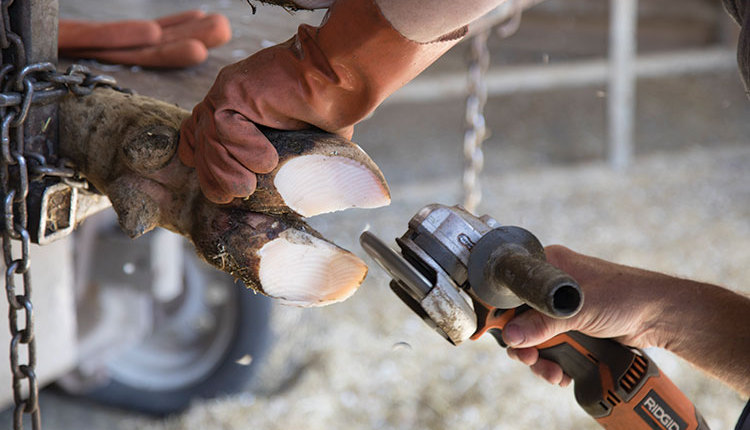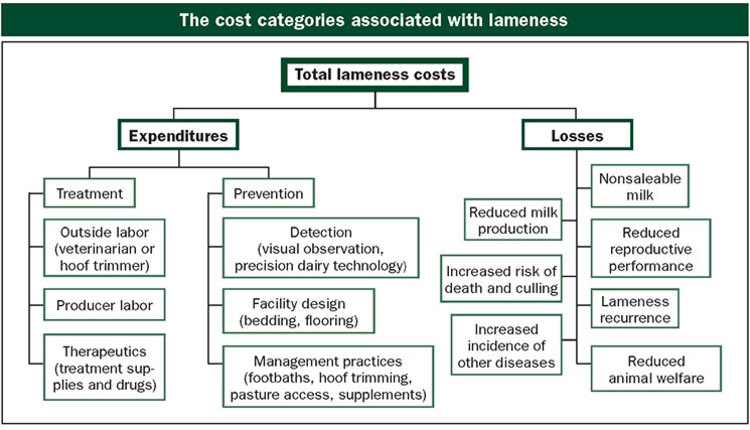
What can small dairy farms learn from fellow small businesses outside of agriculture? Over the years, I have gathered a lot of ideas for working with dairy farms from reading business publications and books outside of agriculture. One of those books is called Small Giants: Companies That Choose to Be Great Instead of Big by Bo Burlingham. In this book, the author profiles businesses that have been successful by intentionally bucking the trend of expanding or franchising and remained successful by focusing on quality rather than quantity.
Six characteristics of a small giant
After interviewing successful small businesses, the author identified six shared characteristics among those entities.
- The leader factor. Small giants have self-aware leaders who possess a vision. These businesses have at least one person who sets the direction for both today and tomorrow. The mission of the organization is clear, and it’s communicated to all members of the team. The leader recognizes what they can and can’t do as a small business. They also don’t get distracted chasing side dreams. Being an entrepreneur of a small business, some dairy managers may at times lose sight of continual development of leadership skills and vision.
- The community factor. Small giants are rooted within their local communities. This is an area in which most small dairy farms excel. Being connected to the local community is essential. During difficult times, members of the local community are there to help.
- The employee factor. Small giants have engaged and valued employees. Sometimes, it’s strange to think about family members as employees. But, within many small, family dairies, this is often the case.
As a small dairy manager, do you ever find yourself skipping the magazine articles about employee management, saying to yourself, “That doesn’t apply to me.”
In reality, it does.
What is your plan for making sure family members who work for you stay engaged with the overall vision of the operation? Do you let them know they are appreciated for the value they bring to the business? It’s easy to lose sight of these types of discussions when you are just focused on accomplishing daily tasks, but they are important. - The customer and supplier factor. Small giants have personal ties to both customers and suppliers. Many small dairy farms have done a much better job with staying connected to customers in recent years through social media efforts.
Communicating with consumers about the way that you care for animals is an important role to play. This also might involve conducting tours for local schools or civic groups.
The tie to suppliers is another area that these dairy farms excel. Nutritionists, veterinarians, milk truck drivers, extension agents, A.I. company representatives, and consultants are often like members of the extended family. This is another important aspect of thriving as a small giant dairy. These people add value to the operation. - The margin factor. Small giants have a good business model and implement some type of margin protection. What is your business model as a small dairy? Is it high production with homegrown forages? Is it selling genetics? Excelling as a pasture-based operation? It is important to understand the overall business model. Some strategies such as high input and low output simply don’t work.
How do you protect your margins? Recent market events have demonstrated the importance of margin protection like never before. Government and private programs are designed to help with this. Forward contracting milk and key supplies like feed is more important than ever. - The passion factor. The small giants Burlingham profiled were described as “having the soul of an artist but happen to be in business.” This describes most successful small dairies I have known over the years. They have a tremendous passion for cows, working the land, and for the people in the industry. That passion drives success and helps maintain perseverance during difficult days.
The “It” factor
Another key concept described in this book is “mojo,” which is described as the corporate equivalent of charisma in a person. It includes a desire to be the best. Perhaps that is the most important lesson for small dairy farms. You have to strive to be the best and to be great at what you do.
Economies of scale and size are an economic and mathematic reality. You start out at a competitive disadvantage mathematically. But, being great at something that others may not be can help to overcome that disadvantage. You could choose to be great at milk yield, marketing genetics, on-farm processing, grazing, organic marketing, agritourism, or other niches.
Recognize that you are the chief executive officer (CEO) and chief financial officer (CFO) of your dairy business among the many other hats that you wear. One area where I have seen small dairies struggle with this concept is in not fully understanding how capital purchases can affect cost of production. On larger dairies, capital expenditures are spread across more animals. The impact that a large purchase can have on cost of production can be detrimental.
When I work with and make recommendations to small dairies, I often hear the phrase, “That only applies to the big guys, not me.” Although there are some strategies and practices that only work for larger dairies, most management practices and techniques can work for dairies of all sizes.
Reality check: Biology and business management principles are not size dependent. The cow is still the same beast whether she is one of 10 or one of 10,000. Small dairies can learn a lot from practices that large dairies are implementing successfully.
What I’ve learned
In fact, small dairies need to make an effort to remain competitive. I am lucky to have the pleasure of working with dairies of all sizes around the world. As I travel, here are a few practices that I see most larger operations doing well but that may be missing on many smaller operations:
- Margin protection for milk and feed
- Detailed financial records
- Full use of herd records and software
- Modern forage raising and storage practices
- Top-notch cow comfort and cow cooling strategies
- Maximizing preweaned calf growth and health
- Updated vaccination programs
- Prioritization of dry and fresh cows
- Ovulation synchronization
- The latest science for genetic improvement
- Comparison shopping inputs
- Purchasing in bulk with neighbors
- Precision monitoring technologies
- Genomic testing
If you own or manage a small dairy, how can you become a small giant? It starts with making a choice to be great and striving to be the best within your niche.









